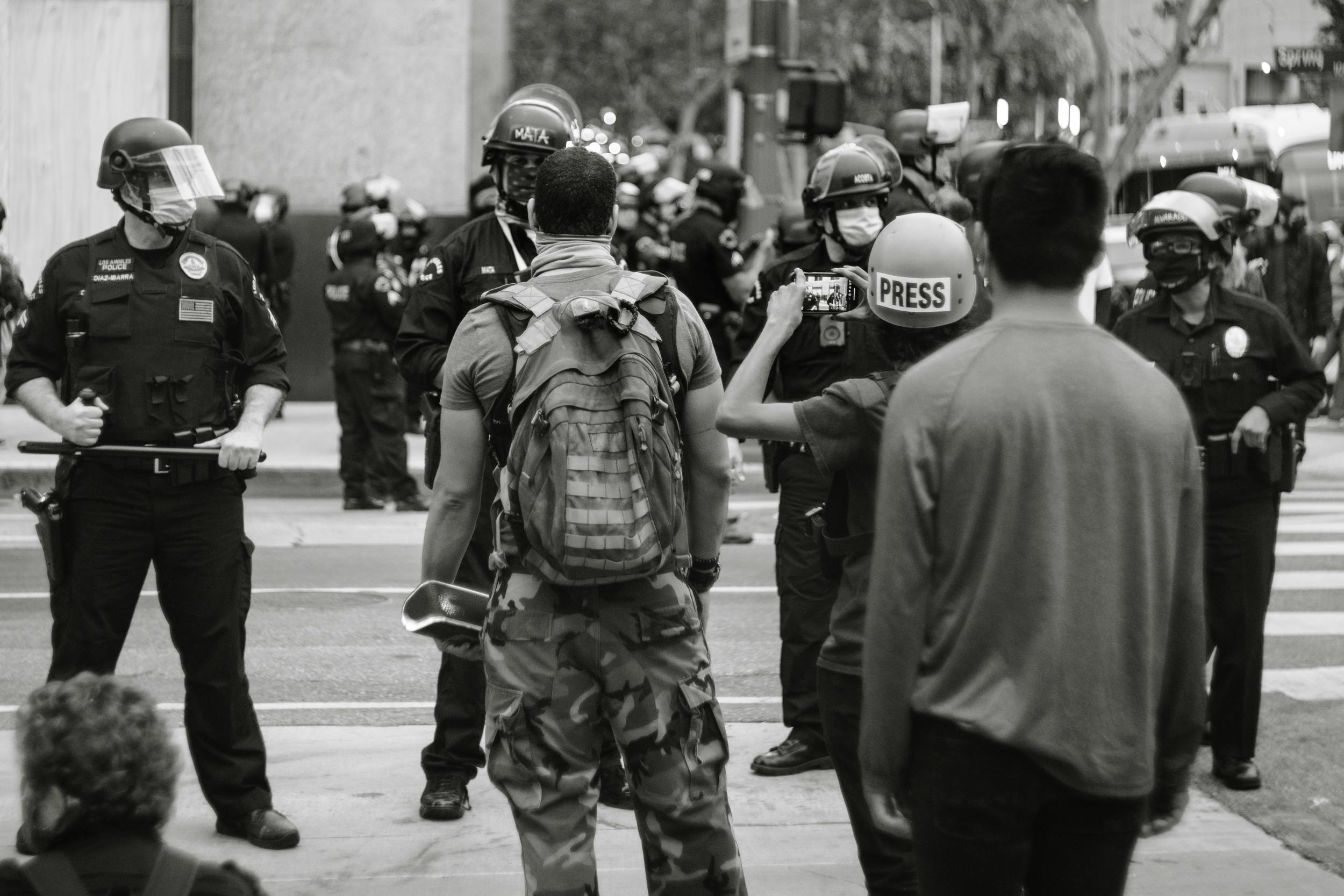In 1976, California Assemblyman Peter Chacón and State Senator George R. Moscone introduced Assembly Bill 1329: Chacón-Moscone Bilingual Bicultural Education Act, making bilingual education mandatory in California. With the support of a wide electorate and after much debate in the state legislature, the bill was signed into law. AB-1329 required that all limited- and non-English-speaking children enrolled in California public schools receive instruction in a language they understand and that school districts provide them with access to a standardized curriculum.
The law also mandated that the state provide federal, state, and local dollars to pay for these services. For a decade, the Chacón-Moscone bill (as it came to be known) was the most important and progressive bilingual legislation in the country. The country’s political climate in the late 1960s and early 1970s was ripe for the Chacón-Moscone bill. Minority groups involved in the civil rights movement lobbied for their rights, as well as educational and economic opportunities.
President Lyndon B. Johnson’s “War on Poverty” recognized that minority communities, particularly African Americans and Hispanics, were economically disadvantaged and needed federal support to provide their children with equal educational opportunities. Head Start programs directed instruction to children in these communities and opened the door to the use of instruction in Spanish.
At the federal level, the Civil Rights Act of 1964 and the Elementary and Secondary Education Act of 1965 (ESEA) laid the foundation for legislation that transformed public education and ushered in a new era of bilingual education across the country, including California. Title VI prohibited discrimination based on race, color, creed, or national origin; declared a strong legislative policy against discrimination in public schools and universities; and prohibited discrimination in all programs funded by the federal government.
The ESEA sparked a series of reforms, providing more than $11 billion per year to state educational agencies (SEAs), marking the largest federal intervention in the history of American education. Until then, little had been done to improve low academic achievement among poor, immigrant, and non-English speaking children in public schools. Congress passed Title VII of the ESEA in 1968, the Bilingual Education Act, funding the first 68 bilingual education programs in the nation.
In 1972, the Massachusetts legislature passed the Transitional Bilingual Education Act, the first state-passed bilingual legislation in the nation, requiring bilingual education programs in all school districts with 20 or more non-speaking children of the same origin. English. It would be the first of only nine states to require bilingual instruction in all school districts. In California, Assembly Bill 2284, the Chacón Discretionary Bilingual Education Act of 1972, became the state’s first bilingual education bill.
The Chacón bill allowed bilingual programs in all school districts with children who speak little or no English. California did not mandate bilingual education; instead, it allowed school boards broad discretion in addressing the educational needs of limited and non-English speaking children, allowing them to compete for available but limited dollars for program development.
